
Birdwatching is the best therapy. It’s a gateway to environmental awareness. Bird spotting, Bird chasing – is more than just simple pleasure and ticking a species off a list, it’s a hobby that dwells on the joy of being alive!

By Vedika Singh
Story: In the vast tapestry of life on Earth, rare wildlife species stand as unique threads, each contributing to the intricate and vibrant ecosystem. These species, often teetering on the brink of extinction, highlight the fragility and resilience of nature. From the dense forests of Madagascar to the remote islands of Indonesia, these remarkable creatures remind us of the planet’s diverse and irreplaceable biological heritage.
The Aye-Aye: Madagascar’s Nocturnal Enigma
Madagascar, an island known for its extraordinary biodiversity, is home to the aye-aye (Daubentonia madagascariensis). This nocturnal primate, with its eerie appearance, is one of the world’s most unusual lemurs. The aye-aye has a distinctive long middle finger used to tap on trees and locate insects, which it then extracts with surgical precision. Despite its vital ecological role, the aye-aye faces severe threats from habitat destruction and local superstitions that regard it as an omen of death. Conservation efforts are underway to protect this enigmatic creature, emphasizing habitat preservation and community education.

The Saola: Asia’s Mysterious Unicorn
Dubbed the “Asian unicorn,” the saola (Pseudoryx nghetinhensis) was only discovered in 1992 in the Annamite Range of Vietnam and Laos. This elusive bovine is one of the world’s rarest large mammals, with fewer than 100 individuals believed to exist. The saola’s long, straight horns and striking facial markings make it a symbol of Asia’s dwindling wilderness. However, its habitat is threatened by illegal hunting and deforestation. Conservationists are working tirelessly to establish protected areas and anti-poaching measures to ensure the survival of this mystical species.
The Vaquita: A Porpoise in Peril
In the northern part of the Gulf of California, the vaquita (Phocoena sinus) represents the epitome of marine endangerment. This small porpoise, distinguished by its dark rings around the eyes and lips, is the most endangered marine mammal on Earth, with an estimated population of less than 10 individuals. The primary threat to the vaquita is bycatch in illegal gillnets set for the totoaba fish, whose swim bladder is highly valued in traditional Chinese medicine. Conservation efforts, including gillnet bans and breeding programs, are crucial to prevent the vaquita’s imminent extinction.
The Kakapo: New Zealand’s Flightless Night Parrot
New Zealand’s unique avian fauna includes the kakapo (Strigops habroptilus), a nocturnal, flightless parrot known for its owl-like face and robust build. Once widespread, the kakapo’s numbers have plummeted due to introduced predators such as rats and stoats. Intensive conservation efforts, including predator-free sanctuaries and a dedicated breeding program, have helped the kakapo population recover from the brink of extinction. Today, there are over 200 kakapos, a testament to the species’ resilience and the dedication of conservationists.
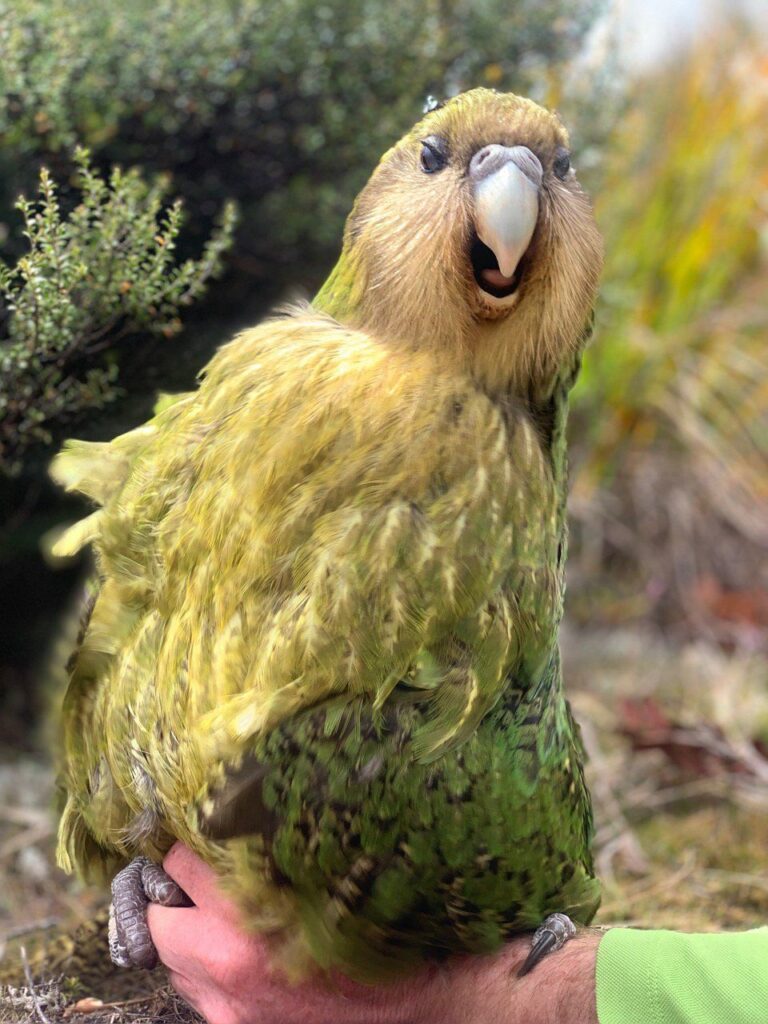
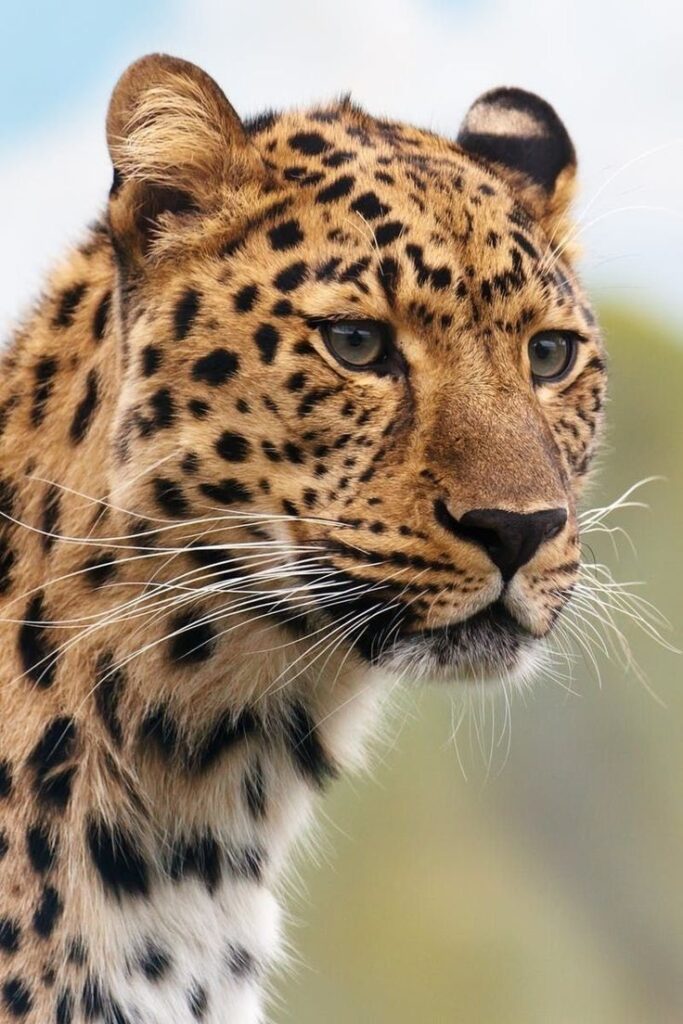
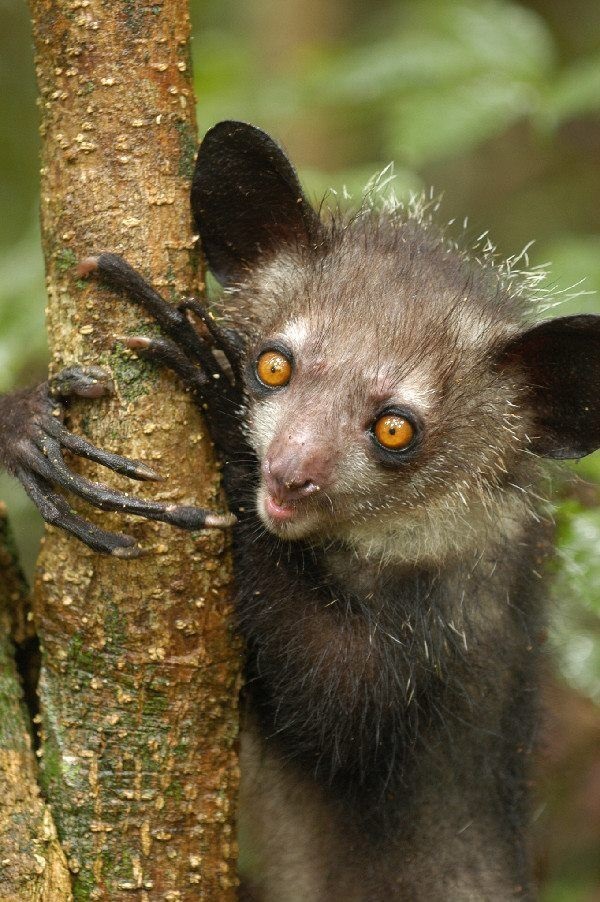
The Sumatran Rhino: Asia’s Smallest and Most Endangered Rhino
The Sumatran rhino (Dicerorhinus sumatrensis) is the smallest and most ancient of the world’s rhinos, distinguished by its hairy body and two horns. Found in the dense forests of Sumatra and Borneo, this critically endangered species is estimated to number fewer than 80 individuals. Habitat loss, poaching, and a fragmented population pose significant threats to its survival. Conservation strategies include habitat protection, anti-poaching measures, and a captive breeding program aimed at increasing the population and ensuring genetic diversity.
The Pangolin: The World’s Most Trafficked Mammal
Pangolins, often referred to as “scaly anteaters,” are among the most trafficked animals globally due to their scales, which are highly prized in traditional medicine. There are eight species of pangolins, four in Africa and four in Asia, all facing severe threats from poaching and habitat loss. These nocturnal, insect-eating mammals play a crucial role in controlling insect populations. Conservation efforts include stronger legal protections, anti-poaching initiatives, and awareness campaigns to reduce demand for pangolin products.
The Amur Leopard: The Ghost of the Forest
The Amur leopard (Panthera pardus orientalis) roams the temperate forests of the Russian Far East and northeastern China. This critically endangered big cat is known for its stunning coat and incredible agility. With fewer than 100 individuals left in the wild, the Amur leopard faces threats from habitat destruction, poaching, and human-wildlife conflict. Conservation efforts focus on habitat restoration, anti-poaching patrols, and cross-border cooperation to create a sustainable future for this elusive predator.
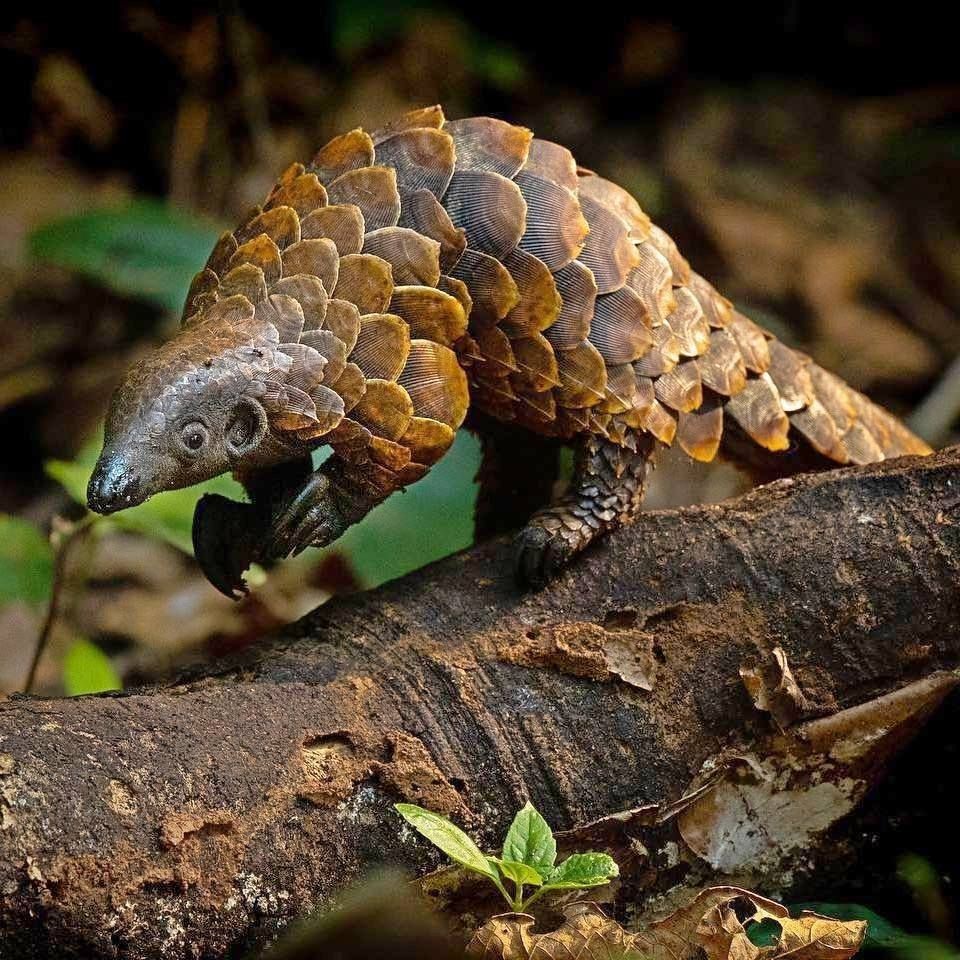
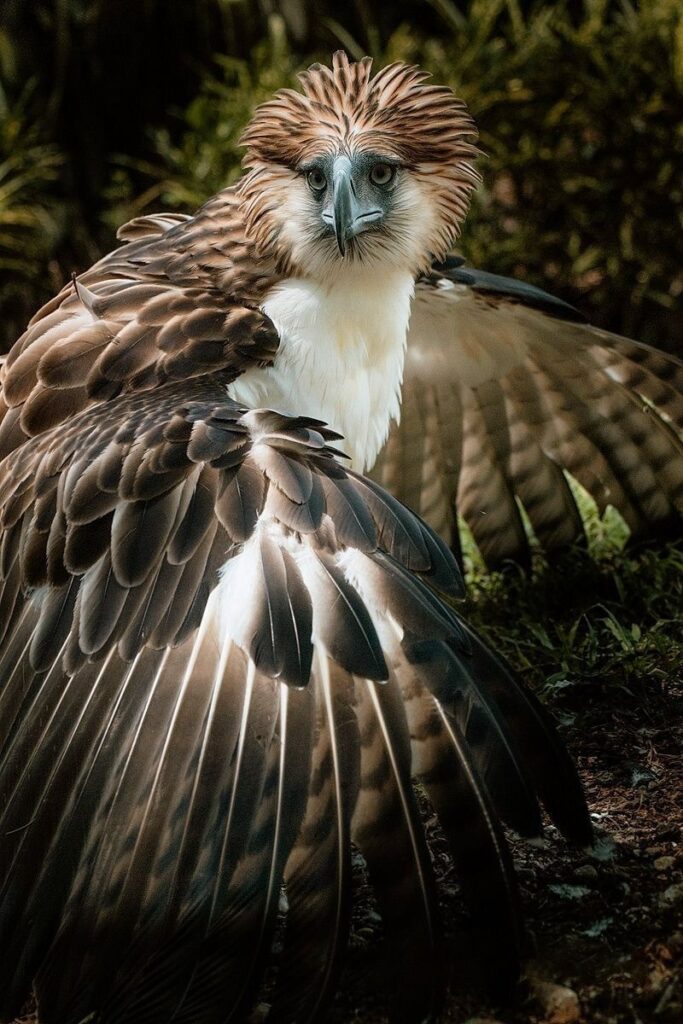

The Philippine Eagle: The King of the Birds
The Philippine eagle (Pithecophaga jefferyi), one of the world’s largest and most powerful eagles, is endemic to the Philippines. This majestic raptor, with its striking appearance and impressive wingspan, is critically endangered due to deforestation and hunting. With an estimated population of only 400 individuals, the Philippine eagle’s survival depends on habitat conservation, community engagement, and education programs to reduce human threats. Conservation organizations are working to protect remaining forests and promote eagle-friendly practices among local communities.
Conclusion: A Call to Action
The rare wildlife species of our planet are not just fascinating anomalies; they are vital components of the ecosystems that support all life. Protecting these species requires concerted global efforts, including habitat preservation, stringent anti-poaching measures, and community-based conservation programs. By safeguarding these extraordinary creatures, we ensure the health and diversity of our natural world for future generations. The survival of these rare species is a testament to our commitment to preserving the delicate balance of nature and the irreplaceable wonders it holds.






